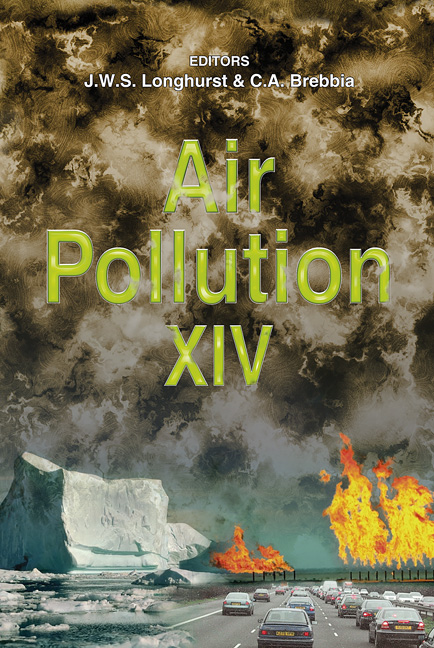European UNESCO Cultural Heritage Sites And The Air Pollution Effects
Price
Free (open access)
Transaction
Volume
86
Pages
9
Published
2006
Size
2,063 kb
Paper DOI
10.2495/AIR060641
Copyright
WIT Press
Author(s)
S. Doytchinov & A. Screpanti
Abstract
The International Cooperative Program on Effects on Materials, including Historic and Cultural Monuments, is one of the effect oriented ICP-s under the Convention of Long Range Transboundary Air Pollution (CLTAP) of Geneva, which studies the corrosion effects of air pollution on materials. The Cultural Monuments (CM) created centuries ago that are exposed to the open air are very sensitive to air pollution and some meteo-climatic parameters, which have corroded them over time. Europe has one of the largest concentrations of Cultural Heritage (CH) sites in the world. There are 745 sites included in the UNESCO list, 387 of them in situated in Europe. In our study we separate the European CH sites from the national parks and the remaining 243 CH sites were introduced one by one with exact geographical coordinates on the European EMEP (50x50 km grid) projection map. To better represent the concentration of CM in a single UNESCO site, the remaining sites were divided into three categories (single monument, group of three to four monuments and a large group of monuments), which were represented with different symbols on the European map. So it became clear that the majority of CH sites are concentrated in certain areas in Europe (the Mediterranean and Central European). Using the EMEP data, the European maps of media annual concentrations of the most corrosive air pollutants and the values of the meteo-climatic parameters were elaborated. To better understand the evolution trend of the air pollution concentrations and the meteo-climatic situation three maps were produced for every pollutant (for 1980, 1990 and 2000). The air pollution and meteo-climatic maps were placed on top of the European map of UNESCO sites mentioned previously. So it became very clear which monuments had been exposed to which specific kinds of air pollution and environmental effects in the last 20 years. In some parts of the continent (the Mediterranean and some Central areas) where a large part of the CH were exposed during the last 20 years some of the most corrosive air pollutants remained on the same concentration level. Here special attention for the preservation of the European CH is needed. Keywords: EMEP transboundary air pollution, corrosion effects, UNESCO European cultural heritage, anthropogenic activity.
Keywords
EMEP transboundary air pollution, corrosion effects, UNESCO European cultural heritage, anthropogenic activity.





